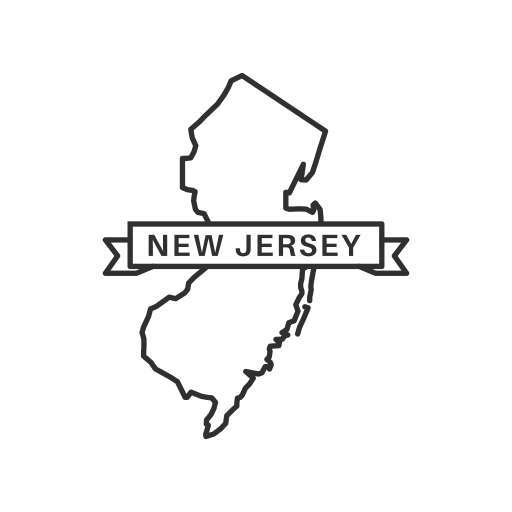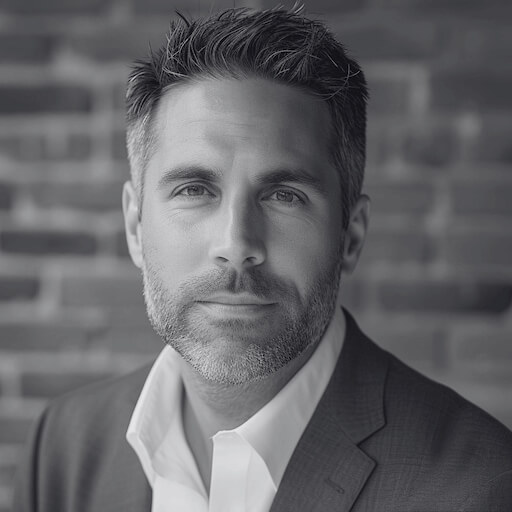New Jersey Child Abuse Statistics 2023: Facts about Child Abuse in New Jersey reflect the current socio-economic condition of the state.

LLCBuddy editorial team did hours of research, collected all important statistics on New Jersey Child Abuse, and shared those on this page. Our editorial team proofread these to make the data as accurate as possible. We believe you don’t need to check any other resources on the web for the same. You should get everything here only 🙂
Are you planning to start a New Jersey LLC business in 2023? Maybe for educational purposes, business research, or personal curiosity, whatever it is – it’s always a good idea to gather more information.
How much of an impact will New Jersey Child Abuse Statistics have on your day-to-day? or the day-to-day of your LLC Business? How much does it matter directly or indirectly? You should get answers to all your questions here.
Please read the page carefully and don’t miss any words.
On this page, you’ll learn about the following:
Top New Jersey Child Abuse Statistics 2023
☰ Use “CTRL+F” to quickly find statistics. There are total 13 New Jersey Child Abuse Statistics on this page 🙂New Jersey Child Abuse “Latest” Statistics
- In 2018, the most recent year for which there are available national statistics, an estimated 1,770 children died in the United States as a result of abuse and neglect.[1]
- Since sexual abuse was reported in fewer than 2% of DCF child maltreatment reports, it was eliminated from the research.[2]
- According to the r2 value, the factors account for 34% of the variance in local child abuse rates.[2]
- Bergen county had 51.9% more allegations of physical abuse in 2004 than reports of child neglect (36.6%).[2]
- According to state statistics, 80% of child sexual abuse instances are unreported to the authorities.[3]
- According to data, the most common ethnicity in the general child population is white, which comprises 46.42% of the child population in New Jersey.[1]
- In the year 2016, New Jersey suffered the most victims of child maltreatment among children with a reported 8,264 children being abused.[1]
- The ethnicity with the most child abuse victims in New Jersey is Hispanic children, which comprises 31.04% of all child abuse cases reported in New Jersey from 2016 – 2020.[1]
- Neglect is the most common form of child maltreatment in New Jersey, which comprises 79.68% of all child abuse cases in the years 2016 – 2020.[1]
- In the year 2020, there’s a total of 1,588 children waiting for adoption in New Jersey.[1]
- According to data, an average of 0.18% of children in foster care were maltreated in New Jersey from 2016 – 2020.[1]
New Jersey Child Abuse “Abuse” Statistics
- Anyone who willfully disregards legal requirements, including those relating to reporting suspected abuse or neglect, is considered disorderly and may be liable to a fine of up to $1,000, up to six months in jail, or both.[1]
New Jersey Child Abuse “Other” Statistics
- From 2016 to 2020, the average foster care entry rate in New Jersey is 1.64%.[1]
Also Read
- Alaska Child Abuse Statistics
- Arizona Child Abuse Statistics
- Arkansas Child Abuse Statistics
- California Child Abuse Statistics
- Colorado Child Abuse Statistics
- Connecticut Child Abuse Statistics
- Florida Child Abuse Statistics
- Georgia Child Abuse Statistics
- Illinois Child Abuse Statistics
- Indiana Child Abuse Statistics
- Iowa Child Abuse Statistics
- Kansas Child Abuse Statistics
- Kentucky Child Abuse Statistics
- Louisiana Child Abuse Statistics
- Maine Child Abuse Statistics
- Maryland Child Abuse Statistics
- Michigan Child Abuse Statistics
- Minnesota Child Abuse Statistics
- Montana Child Abuse Statistics
- Nebraska Child Abuse Statistics
- Nevada Child Abuse Statistics
- New Hampshire Child Abuse Statistics
- New Jersey Child Abuse Statistics
- New York Child Abuse Statistics
- North Dakota Child Abuse Statistics
- Ohio Child Abuse Statistics
- Oregon Child Abuse Statistics
- Rhode Island Child Abuse Statistics
- South Carolina Child Abuse Statistics
- South Dakota Child Abuse Statistics
- Tennessee Child Abuse Statistics
- Texas Child Abuse Statistics
- Utah Child Abuse Statistics
- Vermont Child Abuse Statistics
- Virginia Child Abuse Statistics
- Washington Child Abuse Statistics
- West Virginia Child Abuse Statistics
- District of Columbia Child Abuse Statistics
How Useful is New Jersey Child Abuse
One area where New Jersey has made significant strides in addressing child abuse is through its Child Protective Services agency. This agency is responsible for investigating reports of child abuse and neglect, protecting children from further harm, and providing services to families that may be struggling. By promptly responding to reports of abuse, this agency plays a crucial role in identifying and intervening in cases of child abuse, potentially preventing future instances and safeguarding children at risk.
Additionally, New Jersey has implemented mandatory reporting laws, which require certain professionals, such as teachers, healthcare providers, and social workers, to report any suspicions of child abuse or neglect to the appropriate authorities. These laws have helped ensure that incidents of abuse are brought to light and that children are provided with the necessary support and protection.
Furthermore, New Jersey has taken steps to provide support and resources to families in crisis in an effort to prevent abuse from occurring in the first place. Programs such as parenting classes, counseling services, and substance abuse treatment are available to families in need, with the goal of addressing underlying issues and reducing the likelihood of abuse occurring within the home.
Despite these efforts, however, it is important to recognize that there is still much work to be done in combating child abuse in New Jersey. Systemic issues, such as poverty, substance abuse, mental health issues, and domestic violence, continue to play a role in contributing to the prevalence of child abuse. In order to truly address these root causes of abuse, more comprehensive and coordinated approaches are needed.
One potential area for improvement is in the coordination of services between various agencies and organizations that work with children and families. By better integrating services and resources, these entities can provide a more holistic and effective response to child abuse, addressing not only the immediate needs of children at risk but also the underlying issues that may be fueling the abuse.
Additionally, increased public awareness and education are essential in the fight against child abuse. By promoting a culture of vigilance and accountability, communities can work together to identify and prevent instances of abuse, ensuring that every child is safe and protected.
In conclusion, while New Jersey has made significant strides in addressing child abuse through initiatives such as Child Protective Services, mandatory reporting laws, and support programs for families, there is still much work to be done. By continuing to push for systemic changes, increased coordination of services, and greater public awareness, we can strive towards a future where every child in New Jersey is able to grow up in a safe and nurturing environment.
Reference
- njcainc – https://njcainc.org/keeping-children-safe/
- nih – https://www.ncbi.nlm.nih.gov/pmc/articles/PMC4065232/
- preventchildabusenj – https://www.preventchildabusenj.org/what-we-do/programs/enough-abuse-campaign/
- hhs – https://cwoutcomes.acf.hhs.gov/cwodatasite/pdf/new%20jersey.html
